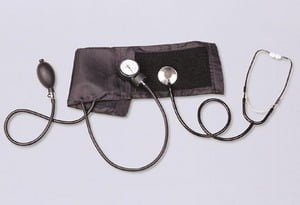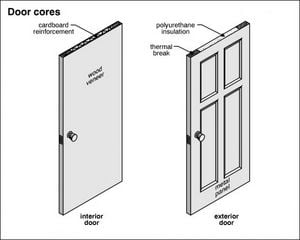Many people worry about high blood pressure. They take medication, change their diet, exercise, all because their blood pressure is too high. But how many people think about having low blood pressure? A normal blood pressure, as everyone learns in school health class now, is 120/80 and varies close to those numbers. For someone to be considered to have low blood pressure, the numbers should be below 90/60. When someone has chronically low blood pressure, it is called hypotension, not to be confused with hypertension, which is high blood pressure. Most of the time, especially in very active people like athletes, low blood pressure is considered a sign of health and not something to worry about. In some cases though, low blood pressure can be a sign of something else that is going wrong in a person’s body.
One of the most common things that people notice with low blood pressure is called Postural Hypotension. This is a sudden drop in blood pressure when someone stands from a prone or sitting position, and most people have felt it at one time or another. The symptoms of Postural Hypotension are dizziness and lightheadedness, and they usually fade every quickly. WebMD says that this condition is actually your nervous system not reacting correctly to sudden changes in your body.
Low blood pressure can be caused by many things, some of which are pregnancy, medications, overdosing on high blood pressure medications, heart failure, or liver disease. It can also be caused by someone going into shock. As I said, some people have low blood pressure because they’re in prime physical condition. Others, though, have underlying problems that cause hypotension.
There are many symptoms of low blood pressure. According to the Mayo Clinic’s website, symptoms of low blood pressure are: dizziness, lightheadedness, fainting, lack of concentration, blurred vision, nausea, cold/clammy/pale skin, rapid or shallow breathing, fatigue, depression, or thirst. Many of these symptoms could signify other illnesses, as well, though. In my own experience, cold extremities are common with low blood pressure as well. When I was a teenager and my blood pressure was lower, my hands and feet were always cold.
According to the National Heart Lung and Blood Institute, treatment for low blood pressure varies according to what it is being caused by. It also depends on age, gender, and health conditions. For Postural Hypotension, also called Orthostatic Hypotention, lifestyle changes, medication to raise blood pressure, compression stockings, or stopping medications that might bring blood pressure down are all ways that it can be treated. Lifestyle changes seem to be the more popular and accepted ways of dealing with low blood pressure. Instead of pulling salt from the diet like people with high blood pressure should, people with low blood pressure are encouraged to increase their salt intake.
So, as a general rule, low blood pressure without symptoms isn’t a bad thing! Congratulate yourself! On the other hand though, if you have the symptoms, they can be a sign of bigger health problems-head to the doctor.




